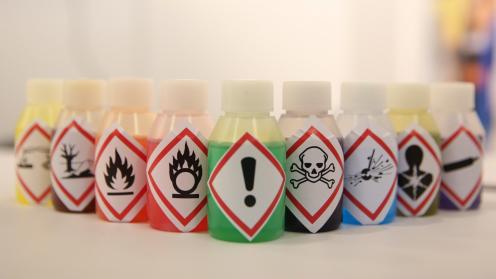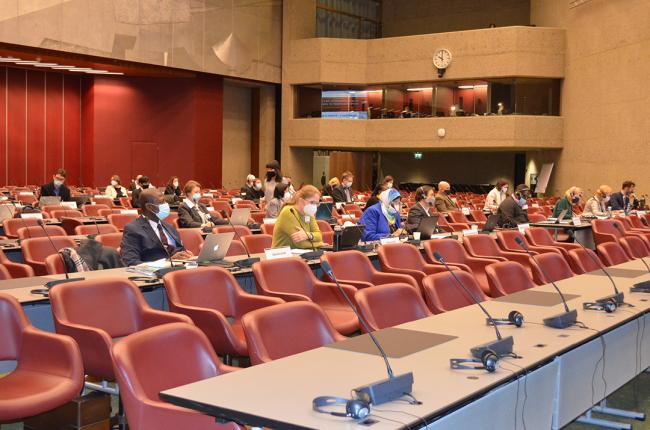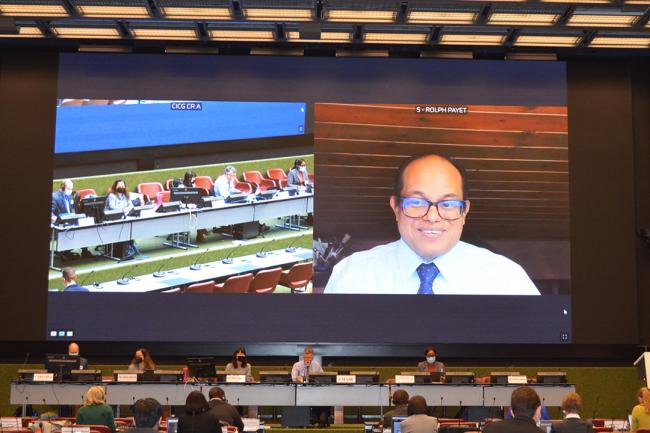After nearly two years of online meetings, the Persistent Organic Pollutants Review Committee (POPRC) commenced its first hybrid meeting, with nearly half of the 31 Committee members and several observers participating in person. Whether attending in person or virtually, participants together launched into a very full agenda.
Methoxychlor is an insecticide that is largely out of production and use. When reviewing the draft risk management evaluation, there was widespread agreement to recommend listing methoxychlor in Annex A of the Convention (elimination), with no exemptions. A contact group was established to finalize some outstanding elements of the evaluation and the recommendation.
POPRC then turned its attention to two draft risk profiles, on Dechlorane Plus and on UV-328. These profiles provide information on the chemicals to help the Committee decide if a chemical meets the criteria to be a POP and whether it should be listed in the Stockholm Convention. Regarding Dechlorane Plus, a flame retardant, Committee members focused on its adverse effects, given previous questions about whether it meets this criterion.
For UV-328, an additive in many products including plastics, members discussed all four defining features of a POP: persistence, adverse effects, bioaccumulation, and long-range environmental transport. Much of the discussion focused on the potential for UV-328 to travel around the world via plastic debris in water and in seabirds, with some noting the ubiquitous nature of plastics, and others questioning if the Convention should consider this mode of travel. Contact groups were established for UV-328 and for Dechlorane Plus.
At the end of the day, POPRC considered three proposals for “candidate POPs.” Countries bring forward nominations of chemicals that they believe may be POPs and may be listed in the Convention. This year, the proposals are for:
- Chlorpyrifos, a pesticide;
- Chlorinated paraffins with carbon chain lengths in the range C14-17 and chlorination levels at or exceeding 45% chlorine by weight, which are used as flame retardants and plasticizers in plastics, as well as lubricants and coolants for metal forming operations; and
- Long-chain perfluorocarboxylic acids, their salts and related compounds, which are used in a range of products, such as coating products, fabric/carpet protectors, fire-fighting foams, automotive care products, and cosmetics.
The contact groups on methoxychlor and Dechlorane Plus met in the evening.
To receive free coverage of global environmental events delivered to your inbox, subscribe to the ENB Update newsletter.





